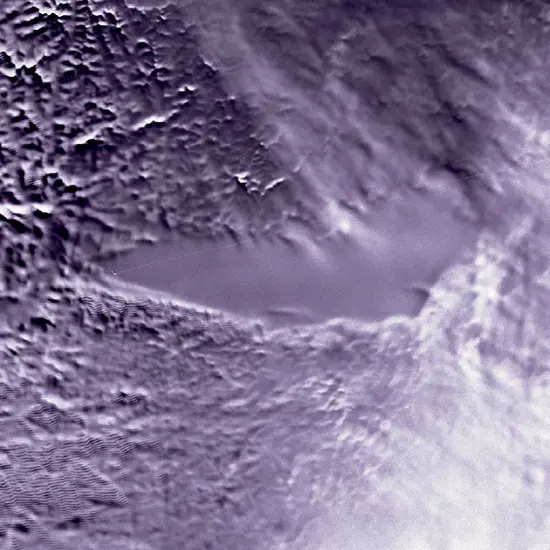Hidden beneath the vast ice sheets of Antarctica lies Lake Vostok, a subglacial freshwater lake that unveils the continent’s ancient geologic history. This intriguing lake, first discovered by Soviet geologists during the International Geophysical Year in the late 1950s, is one of over 400 such lakes identified beneath Antarctica’s ice. Named after the nearby Russian research station, Lake Vostok offers a unique glimpse into a past where Antarctica possibly enjoyed a temperate-to-tropical climate.
The isolation of Lake Vostok, estimated at 15 to 25 million years, has sparked scientific curiosity about the potential for life in such an extreme, ancient environment. This interest led to a bold drilling initiative by Russian scientists in the 1990s, culminating in the first breakthrough into the lake’s waters in February 2012, after drilling through approximately 12,400 feet (3,768 meters) of ice. The discovery of microbes, potentially from the lake, has raised questions about the possibility of life thriving in such harsh conditions.
However, this exploration has not been without controversy. Environmentalists and some scientists have expressed concerns about the risk of contaminating the pristine waters of Lake Vostok during drilling. The debate continues over the best methods to study this unique environment while ensuring minimal impact.
Despite the challenges, the exploration of Lake Vostok is not just about understanding Earth’s past. It also carries implications for astrobiology, particularly the potential for life in extraterrestrial environments like Jupiter’s moon Europa, which shares similarities with the extreme conditions of Lake Vostok.

